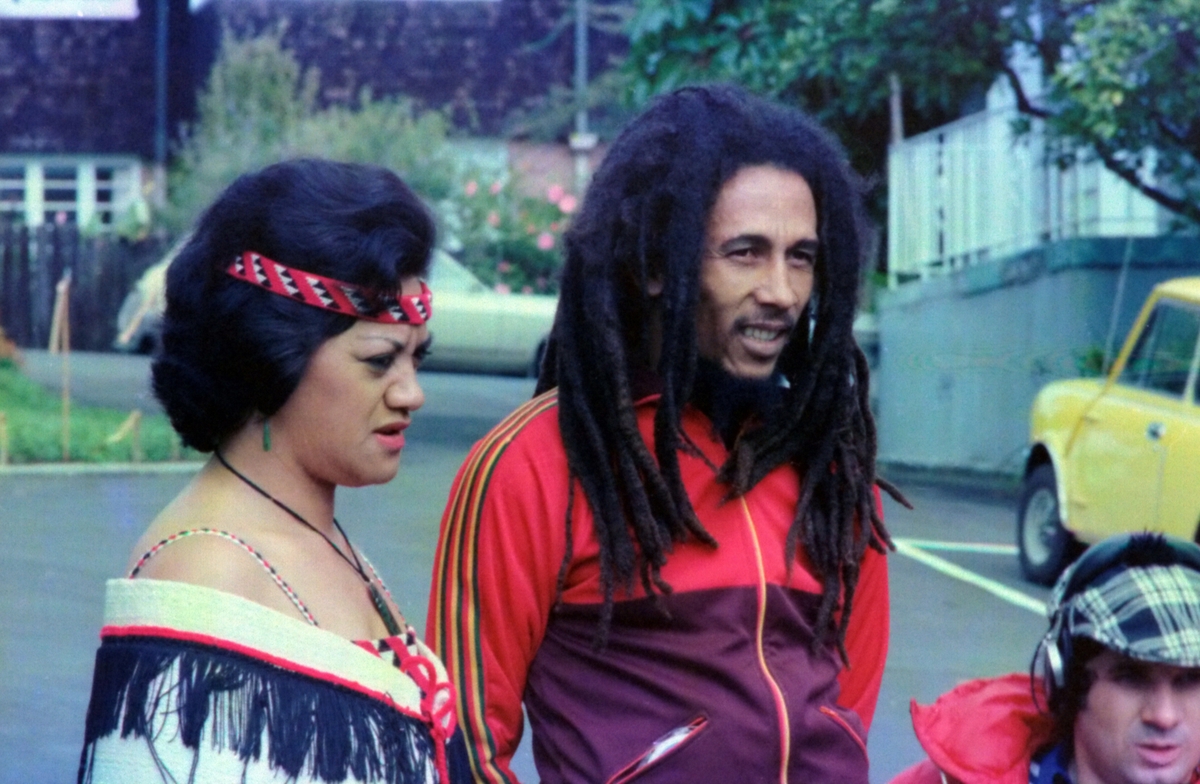Published
•5 min read
Jamaican Music Genre: Deep Dive
Explore Jamaican music genres: mento, ska, reggae, dub, dancehall. Learn their roots, vibes, and how they shape moods and lives. Tips, tracks, and insights for music lovers.

Photo by Bill Fairs on Unsplash
Hey, ever wonder how a tiny island’s beats can flip your mood or get a whole room moving? I’ve been hooked on Jamaican music genres for years, and trust me, there’s something wild about how these sounds — like ska’s bounce or reggae’s chill — can shift your day.
I’ve had moments where a Bob Marley track pulled me out of a slump, or a dancehall riddim turned a lazy afternoon into a party.
So, let’s dig into this. We’re exploring how Jamaican music grew, what makes each genre tick, and why it’s still shaking up lives worldwide. Grab your coffee, and let’s chat about it.
How Jamaican Music Got Started and Grew
Jamaican music’s story kicks off with mento, a folk vibe from the early 1900s. Think guitars, banjos, and cheeky lyrics about island life — like a musical postcard. It’s the root of everything that came after. I’ve strummed along to “Jamaica Farewell” on a lazy Sunday, and it’s got this simple joy that hooks you.
This is how Mento sounds like. Click on the video to hear it.
I made this music visualizer demo showcasing the sound of Mento using Banger.Show, a really nice and simple app for creating music videos.
Do you hear the sound of the banjo? It’s “Three Little Birds” by Bob Marley in Mento style. Sounds a bit different form the original, huh? I like it.
Then, in the late ’50s, ska showed up, tied to Jamaica’s independence buzz. It’s fast, upbeat, with that offbeat “skank” rhythm — imagine tapping your foot while a brass section blares. I’ve blasted The Skatalites’ “Guns of Navarone” during a workout, and it’s like instant energy. Ska was a celebration, a sound for a nation waking up.
By the mid-’60s, things slowed down with rocksteady. It’s smoother, with big bass and soulful vocals about love or tough times. Alton Ellis’ “Rock Steady” once got me through a rainy day—it’s got this calm strength. Rocksteady didn’t last long, but it paved the way for the big one: reggae.
Reggae hit in the late ’60s, and man, it’s a game-changer. That choppy guitar rhythm and lyrics about faith or fighting the system? It’s deep. I’ve leaned on Bob Marley’s “Redemption Song” when life’s heavy—it’s raw and real. From reggae came dub, all bass and echoey vibes, and dancehall, with its fast, party-ready beats. Each one’s a branch off the same tree, growing with Jamaica’s heartbeat.
What Makes Each Genre Click (And Who to Listen To)
Every Jamaican genre’s got its own flavor. Here’s the rundown, with some artists and tracks I’ve vibed to myself:
- Mento: Light, acoustic, and playful. Guitars and banjos carry it, with lyrics that tease or tell stories. Lord Flea’s “Shake Senora” is a fun one — try it for a chill morning.
- Ska: Peppy and brassy, with a rhythm that makes you move. The Skatalites and Toots & the Maytals nail it. “Pressure Drop” by Toots? Perfect for shaking off stress.
- Rocksteady: Slow and soulful, with bass that hits you right in the chest. Alton Ellis and The Heptones are kings here. “I’m Still in Love” by Ellis is a go-to for winding down.
- Reggae: That offbeat strum, plus lyrics that lift you up or make you think. Bob Marley and Peter Tosh lead the pack. “Three Little Birds” by Marley’s my pick-me-up—simple, but it sticks.
- Dub: Trippy and bass-heavy, like reggae’s experimental side. King Tubby’s “King Tubby Meets Rockers Uptown” is wild — great for focus when I’m working late.
- Dancehall: Fast, bold, with deejays chatting over beats. Yellowman’s “Zungguzungguguzungguzeng” (say that five times fast) is a blast—crank it for instant party vibes.
I’ve built playlists mixing these, and it’s crazy how they fit different moments. Reggae for reflection, dancehall for energy — there’s something for whatever you’re feeling.
How Jamaican Music Shapes Lives Everywhere
Jamaican music didn’t just stay local—it’s a global force. Reggae’s the poster child. Bob Marley took it worldwide, and tracks like “One Love” still hit hard.
Dub’s influence is sneaky but huge. Its echo and bass tricks pop up in electronic stuff like drum-and-bass. I’ve caught those vibes in late-night mixes — proof Jamaica’s in the DNA of modern beats.
Ska bounced to the UK, mixing with punk in the ’70s 2 tone scene. Bands like The Specials owe their edge to it.
Then there’s dancehall, sneaking into pop with Rihanna’s “Work” or Drake’s “Controlla”. I’ve danced to those at weddings — everyone feels it, even if they don’t know the roots. Beyond sound, Jamaican music’s a mood-lifter and a rebel yell. It’s shaped protests, inspired artists, and given me (and millions) a way to process life’s ups and downs.
Why This Matters to You
So, here’s the deal: Jamaican music’s journey — from mento’s strums to dancehall’s fire — shows how sound can grow, travel, and change lives. It’s flipped my moods more times than I can count, whether I’m leaning on reggae for calm or ska for a kick. You’ve got artists like Marley and Tubby to explore, plus tracks that fit any vibe. Next time you’re stuck or need a boost, try a Jamaican playlist. Mix some “No Woman, No Cry” with “Murder She Wrote” — see what it does for you.
P.S Google has recently added Jamaican Patois language, try it out and have fun with it!